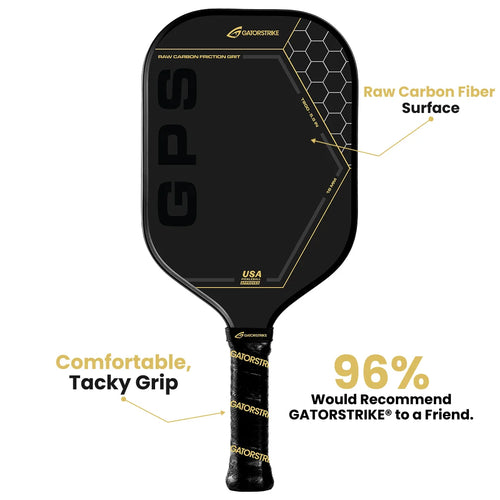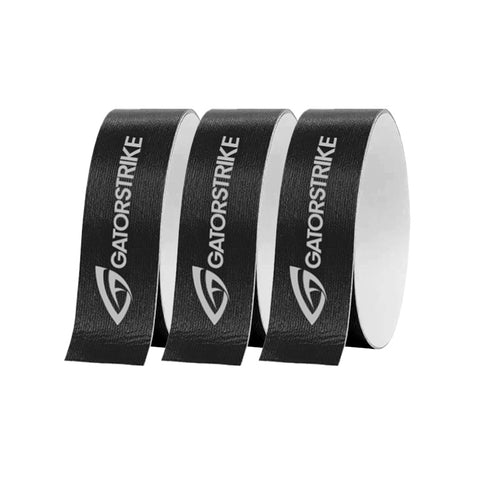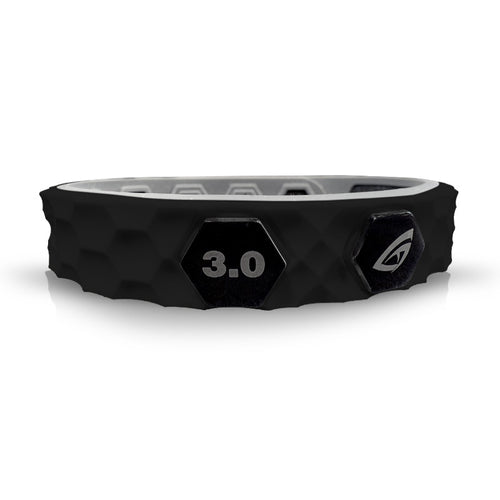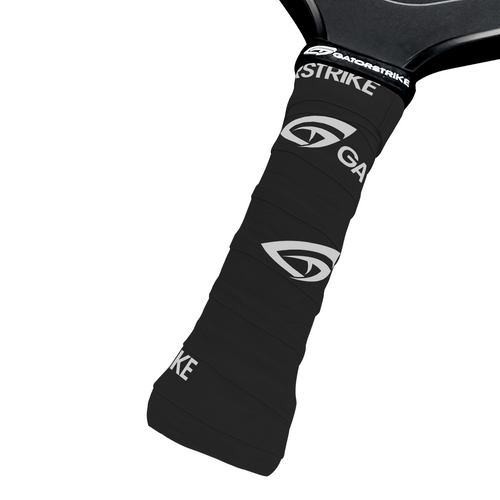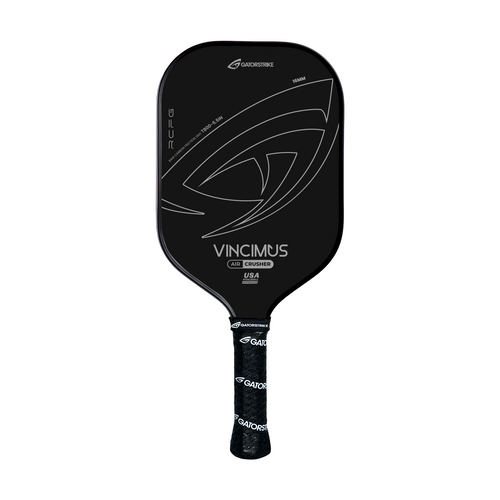
Dinking Drills You Can Do Alone: Solo Practice for Serious Gains
Share
Let’s bust a myth right out of the gate: you don’t need a partner to become a pickleball powerhouse. In fact, some of the most potent pickleball progress happens when it’s just you, your paddle, and a bit of determination.
Dinking—the delicate, strategic art of soft shots near the net—is one of the most underestimated skills in the game. Mastering it requires finesse, timing, and impeccable control. The good news? You can hone these micro-skills without ever booking a doubles match.
Welcome to the world of solo dinking drills: where discipline meets creativity and every wall becomes a worthy opponent.
Why Dinking Deserves the Spotlight
Before we break down drills, let’s give dinking its flowers.
Dinks are the chess moves of pickleball—subtle, strategic, and capable of changing the entire rhythm of a rally. A well-placed dink neutralizes power, lures opponents into mistakes, and opens the door for offensive plays.
Without a solid dinking game, you're just a paddle-wielding sprinter. With one? You become an architect of the court.
What You Need for Solo Dinking Practice
To start your solo dinking quest, gather your minimalist toolkit:
✅ A pickleball paddle
✅ A few pickleballs (3–5 is ideal)
✅ A wall (garage, racquetball court, or even a gym wall)
✅ Painter’s tape or chalk to mark “net” height (34 inches at center)
✅ Optional: a portable net and rebounder for more court-realistic practice
Now that you're equipped, it’s time to dink like nobody's watching (because they aren't!).
Drill #1: The Wall Waltz
Purpose: Refine touch, timing, and consistency
How-To:
- Stand 7 feet from the wall (simulate the Non-Volley Zone distance).
- Aim to hit soft dinks just above your makeshift “net” line.
- Alternate forehand and backhand with each contact.
- Maintain a rally as long as possible.
Pro Tip:
Focus on the arc. You're not smashing—it’s a gentle float. The sweet spot? A ball that bounces once and returns without needing a sprint.
Reps: 3 sets of 60 seconds, rest 30 seconds between
Drill #2: The Cross-Court Phantom
Purpose: Simulate angular dinks to targeted zones
How-To:
- Set up two tape lines on the wall—one at "net" height, one diagonally to simulate cross-court direction.
- From the left corner of your space, dink toward the right tape mark and vice versa.
- Emphasize directional control and paddle angle.
Pro Tip:
Lead with your shoulder and keep your wrist relaxed—imagine painting a curve, not stabbing the wall.
Reps: 5 rounds of 10 dinks per side
Drill #3: Tempo Tamer
Purpose: Train control under varying pace conditions
How-To:
- Hit a dink into the wall with deliberate slowness.
- Next shot, add slightly more pop.
- Alternate between soft and medium dinks, maintaining form.
Pro Tip:
This drill builds paddle awareness and prevents the “panic pop-up” that happens under pressure. Think of it as your internal metronome training.
Reps: 3 sets of 1-minute alternating tempo
Drill #4: One-Step Wonders
Purpose: Improve footwork and dink reach
How-To:
- Set your feet shoulder-width apart, just behind the NVZ line.
- Dink against the wall, but step laterally one step left or right after each shot.
- Keep a low center of gravity and maintain control.
Pro Tip:
Imagine you're shadowing a sneaky opponent—this mimics game-day footwork without the chaos of a real rally.
Reps: 2 minutes continuous movement, then switch sides
Drill #5: Drop and Dink
Purpose: Enhance reaction time and ball tracking
How-To:
- Stand facing the wall.
- Drop the ball by hand, let it bounce once, then dink it softly against the wall.
- Repeat the process, catching the ball after each dink to reset.
Pro Tip:
This drill sharpens your contact point awareness—critical for smooth resets and mid-court control.
Reps: 20 reps each forehand and backhand
Bonus: Make It a Mindset
Practicing alone doesn’t have to feel, well... lonely.
Turn on some music, challenge yourself to beat your previous high score, or record your session to analyze mechanics later. Solo dinking drills build not just skill—but focus, patience, and pickleball poise.
Final Bounce: Practice in Silence, Win in Noise
Mastering dinking isn't about showing off power—it's about orchestrating chaos with calm, one soft shot at a time. When you invest in solo dinking drills, you're cultivating finesse, control, and confidence that pay dividends when the real rally begins.
So next time your playing partner bails or the court is empty, don’t shrug—smile. It’s your chance to out-dink the competition before they even show up.
